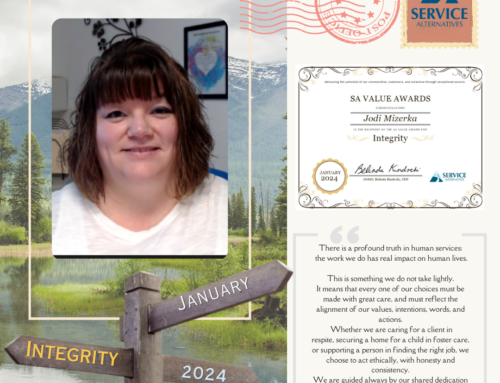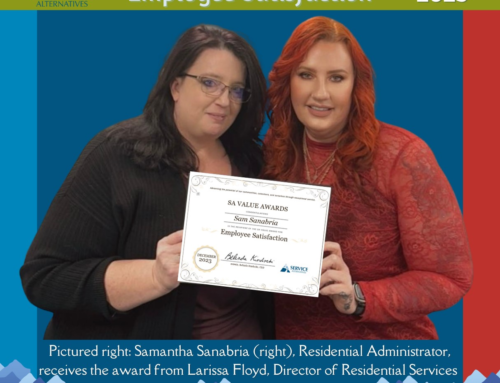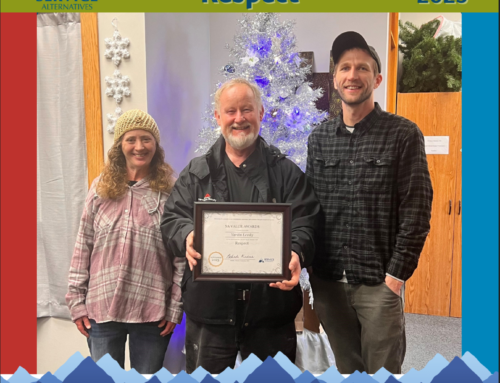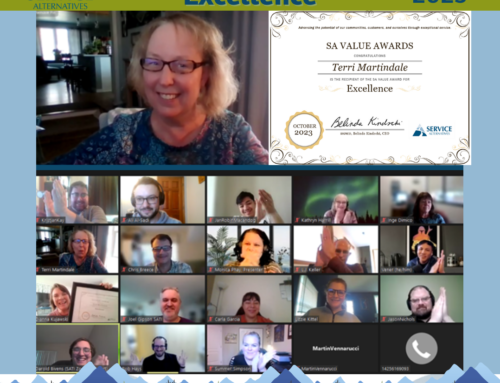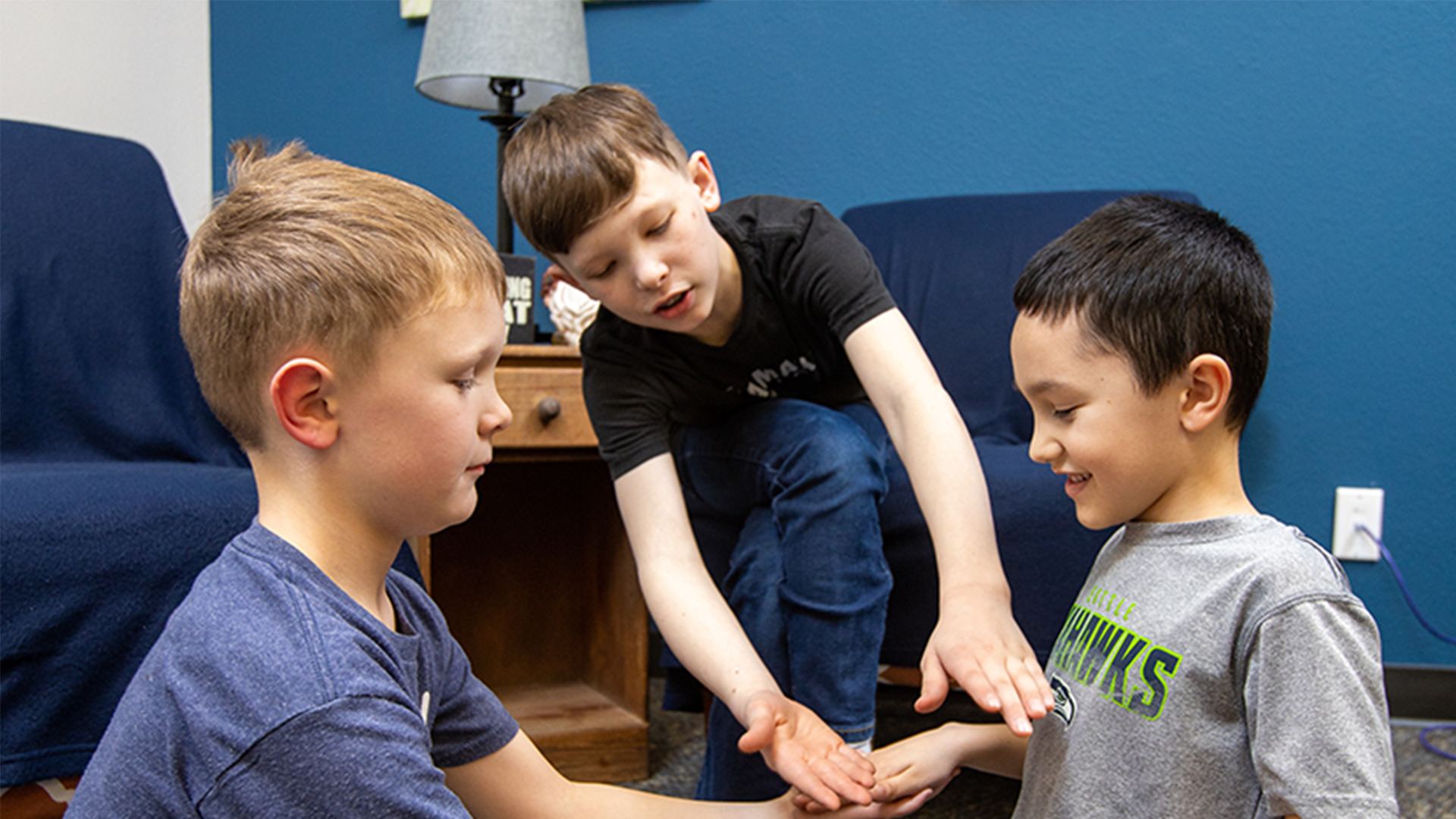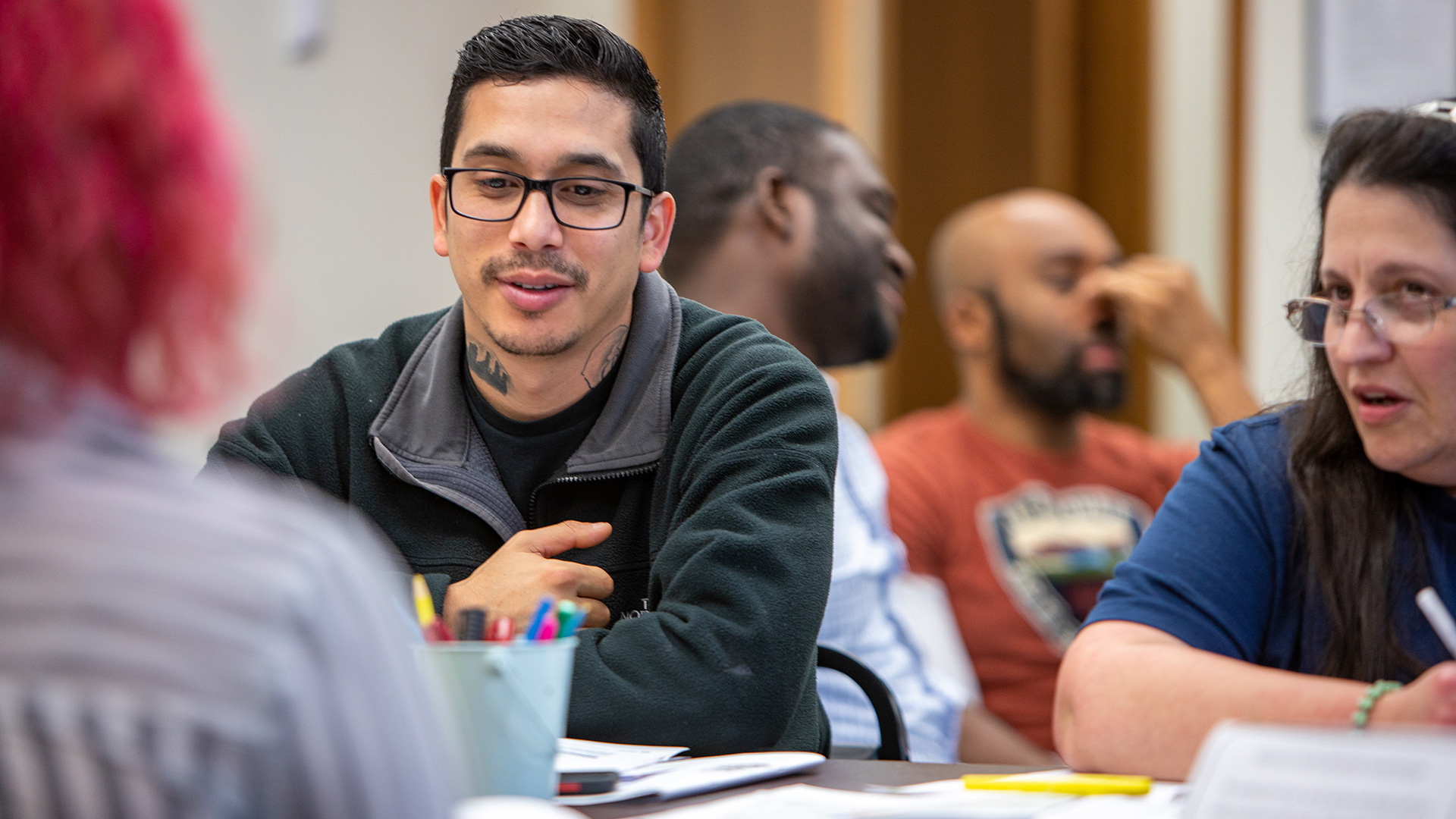At the University of California, Berkeley, participants in a study were asked to stand and look at the tallest grove of hardwood trees in North America for one minute. Other participants were invited to gaze upon the facade of a science building for the same amount of time. At the end of the 60 seconds, researchers staged an accident in front of all the participants where someone stumbled and dropped pens. Those who had spent their time looking at the 200 foot tall Tasmanian blue gum eucalyptus trees helped pick up more pens than those who had viewed the science building. In subsequent experiences, the tree group also demonstrated increased ethicality and reduced feelings of entitlement.
The researchers took a look at the emotions that each group felt and found that ‘awe’ was the only emotion reported at significantly higher levels among the tree group. This led researchers to determine that even a fleeting experience of awe was enough to induce prosocial behaviors in people.
It’s no surprise to me that the tree group was so deeply affected by their short experience. It is a basic premise of Integral Coaching that the object of our focus matters greatly to our being. In the endless cycle of becoming who we are, the things that we notice and the behaviors we engage in are intertwined. Our “beingness” is never settled but rather constantly in process.
This means that at any moment we can make an intervention in our development by changing our behaviors and refocusing our attention. Perhaps, as stated in the article (cited below), we want to elicit more awe in our lives because of its demonstrated ability to foster altruism and ethicality.
There are many avenues one can take to begin this inquiry. Let’s take a look at 6 competencies:
Cognitively – Does the way I think and reason support the experience and expression of awe? I can notice how rigid or fluid my analysis of a situation is, and experiment to see if softening things makes a difference.
Emotionally – What emotions dominate my experience? When they occur, do I attach to them or allow them to flow through me? I might take up a self–reflection exercise to help me become a more skilled observer of the way my emotions open or close possibility.
Somatically – Do I have a body that is capable of experiencing awe? I can notice what resources my body is lacking (sleep, nutrition, rest, medical care). I might work with a body expert to help correct my posture in assisting me to be stronger and flexible so that I am physically supported. I can also notice my environment, both natural and man–made. Am I creating or putting myself in spaces that could generate awe? If not, what adjustments can I make?
Relationally – Do I have relationships in place with people or institutions that will support awe? Is there generosity, spaciousness, and support in my existing relationships? I can ask how I can bring those missing elements to my relationships and design questions to open possibility.
Spiritually – Am I engaged in behaviors that tie me to a larger web of life? I might begin to design activities that will help me create a life dedicated to the benefit of everyone, not just myself, my family, or my company.
Integrating – Finally, I can take a look at how I am integrating all of these ways of thinking about this subject together. None of these exist in a silo.
This thorough way of inquiring into how we can bring more of a particular experience into our life can be done with any quality–compassion, competency, confidence, intimacy, ease, trust, etc. The tricky part is to self–observe our patterns and know what interventions would bring about a new experience–easier said than done! Our own blind spots can pose real problems here. This is when a personal inventory is useful; both in being able to help us see ourselves more clearly and in knowing what interventions are most useful.
Once you fully understand how your attention shapes your behavior and your response to life, you can adopt the practice of curating this focus. For example, think about all the times you habitually turn towards your phone when you have a moment of free time–standing in line, filling up the gas tank, sitting on the bus, etc. For a moment, become curious about how this choice is shaping you. Might there be possibilities that are being limited by this robotic activity? If you are trying to cultivate a less cluttered and more serene mind then constantly focusing on a device to receive more information is not supportive. What else could you engage in during these free moments that could open up new possibilities? There are many options but let’s begin with the most basic (yet neglected) practice of reinvigorating your senses and noticing what you see, hear, smell, and touch in each moment. You might study the light in different situations and notice how it affects your mood. You might notice other people around you and enjoy their expressive faces. You could try to distinguish all the sounds you hear. All of these suggestions would help you to ground firmly in the moment and in your body, to tap into a more direct experience of the world. For my own part, I find it hard to excuse the habitual and chronic reliance on my phone now that I fully understand it’s role in shaping who I am becoming.
Sometimes I might ask a client to find a place where the sky is wide and open and sit beneath it and gaze at it for five minutes, every day, for two weeks. Or I might suggest that she notice her own heartbeat and lightly drum the pattern on her chest with her fist for 60 seconds, three times per day. These practices ask an enormous amount of trust from a client because the outcome is not obvious. But they are purposefully designed to encourage the client to notice new things that their current behaviors might not allow. If done for enough time and with enough sincere focus and intention then entirely new worlds with new possibilities will emerge.
What might emerge for you?
Resources:
https://greatergood.berkeley.edu/article/item/why_do_we_feel_awe
https://www.thecut.com/2016/05/scientists-are-trying-to-solve-the-mystery-of-awe.html
https://www.ted.com/talks/neil_pasricha_the_3_a_s_of_awesome
Join the conversation on our Facebook page!




